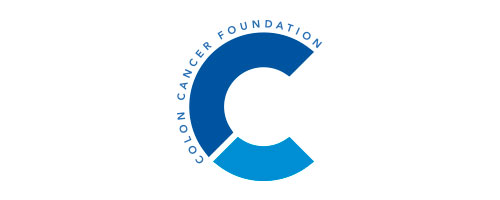New Screening Strategies From the AGA
A recently published white paper by the American Gastroenterological Association (AGA) titled “Roadmap for the Future of Colorectal Cancer Screening in the United States” states that the development of structured organized screening programs is vital to achieving target colorectal cancer (CRC) screening rates and reductions in CRC morbidity and mortality. The paper includes information shared at the AGA’s Center for GI Innovation and Technology’s consensus conference in December 2018, which outlined the following priorities:
- Identify barriers to screening uptake
- Assess the efficacy of available screening diagnostic methods
- Consider the potential integration of novel diagnostic approaches into screening and surveillance paradigms
The paper highlights the following strategies:
Modifications to CRC Screening to Improve Uptake and Outcomes
Although over 1,700 organizations across the 50 states signed onto the “80% by 2018” initiative announced by the National Colorectal Cancer Round Table (NCCRT) in 2014, one-quarter of eligible Americans are yet to undergo CRC screening. Organized screening offers an opportunity for screening improvements by the use of multiple strategies, such as defined target populations, timely access and follow-up, and systematic opportunities for shared decision-making between patients and clinicians. It can also improve efficiency by incorporating noninvasive testing such as annual mailed fecal immunochemical (FIT) tests and colonoscopy alternatives like stool testing. Multiple studies have shown that offering stool testing as an option, in addition to colonoscopy, increases screening uptake, however a diagnostic colonoscopy is still necessary to confirm positive noninvasive test results.
Racial, socioeconomic, and geographic health care disparities also limit screening efficacy. African American and Hispanic American communities and individuals in rural areas in particular face screening barriers, accounting for 42% of the disparity in CRC incidence and 19% of the disparity in CRC mortality between black and white individuals.
The following strategies were discussed to resolve these issues:
- Incorporate adjunct noninvasive testing to improve screening rates
- Minimize the ineffective practice of performing re-screening and surveillance colonoscopy sooner than recommended by guidelines
- Reconsider surveillance strategies for individuals with a history of adenomatous polyps to prevent constraining colonoscopy resources
Continued Development of Noninvasive and Minimally Invasive screening Tests
The paper states than an ideal, noninvasive test would “identify lesions with high short-term potential to progress to CRC and should do so with high sensitivity and specificity in a convenient, low-risk, low-cost, and operator-independent manner” that is easy to complete and should achieve high uptake among individuals who are eligible for screening. While an ideal test is yet to be developed, the FIT test and a blood test currently face the least resistance from patients. The researchers propose the development of a noninvasive test that is capable of detecting advanced adenomas and advanced serrated lesions while also being minimally invasive and easy-to-use with a one-time sensitivity and specificity of a minimum of 90%.
Improved Personal Risk Assessment for Optimal Programmatic Screening
Current risk assessment guidelines focus on familial and personal colorectal neoplasia risk, but do not acknowledge additional factors such as sex, race, smoking, body mass index, and environmental factors. Family history can be challenging to obtain due to a lack of patient awareness and the health care provider’s limited ability to derive and record the information. The researchers have proposed using patient portals with integrated electronic health record to ensure updated and accurate family health history data and to allow health care providers the ability to accurately assess the patient’s risk by looking at the data in the portal, irrespective of their geographic location. Improved personal risk assessment would help health care professionals select the appropriate CRC screening test method. For example, individuals with a higher risk of advanced adenoma or CRC would be directed to a colonoscopy, while individuals with a lower risk would be directed to a less-invasive screening method.
Although initiatives like the 80% by 2018 proposed by the NCCRT are a good step towards increased screening rates, the development of organized screening programs is necessary to further these efforts even more. The desired goal of these screening efforts is testing that is available to at-risk individuals, noninvasive testing methods that are highly accurate and easy to use, increased screening uptake, and reduction in CRC incidence.


Leave a Reply
Want to join the discussion?Feel free to contribute!